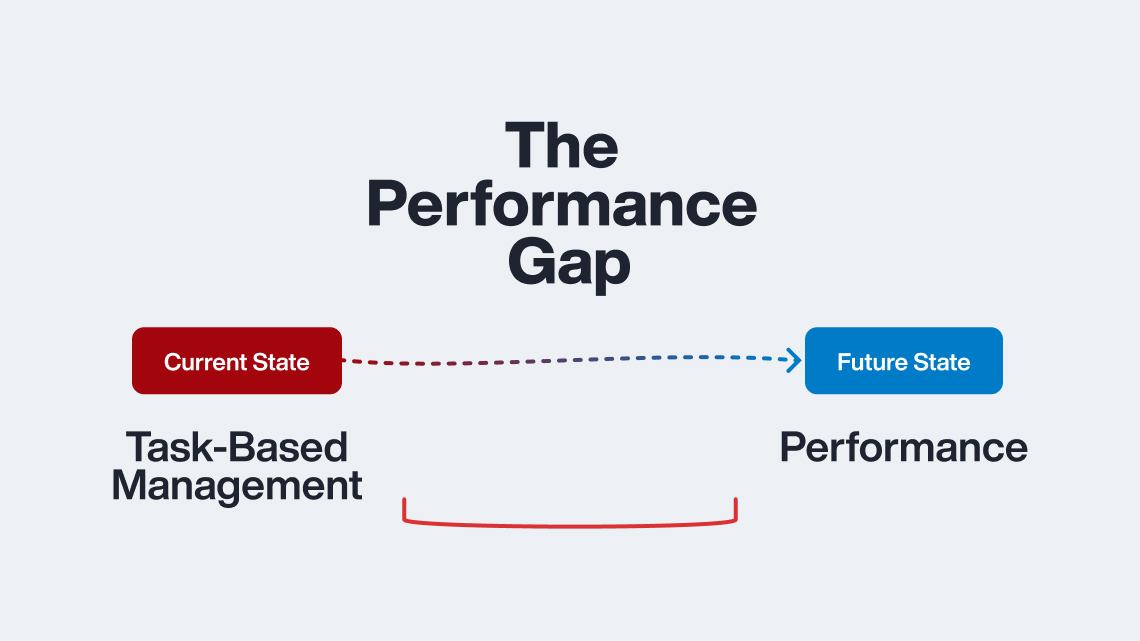Published on February 23rd, 2021
By Marc Frenkiel
COVID-19 has changed the way society thinks about the spaces where we work and live. What was nowhere near top of mind one year ago is now at the forefront. For multifamily operators who depend on satisfied residents to keep vacancy low, there has never been a greater need to adapt to change — changing preferences and changing times. One way that you can adapt is by considering some new and timely capital improvement ideas, just in time for leasing season.
Current managers can implement the following ideas as a way to attract and retain residents, while value-add investors can use these as a way to further pencil out certain deals.
Of course, the ideas that follow might not be appropriate for every asset. Make sure to keep in mind unit count, location, property age, and asset class while determining their feasibility.
Support work from home
At first glance, it might seem as though the shift to work-from-home was caused uniquely by the novel coronavirus. While the pandemic certainly accelerated the shift and made it universal, the truth is that this shift was already slowly but steadily underway prior to the pandemic. The changing logistics of work means that people are spending more time at home, presenting unique challenges and opportunities for residential managers to differentiate their properties.
According to a recent survey of over 2,000 office workers worldwide, 75 percent of respondents want to have access to an office. “But people don’t really want to get back to the office. They want to get out of their apartments, their houses, their parents’ houses,” writes Anne Petersen in a New York Times opinion piece. Whatever the case may be, work-from-home fatigue is a very real phenomenon, and with remote work being a permanent aspect of many jobs moving forward, property owners need to invest in making it more sustainable for their residents. But how?
Converting what was formerly communal space into private offices can be a powerful differentiating factor for your multifamily property. Offering these work spaces for long or short term lease can also be an income producing value-add. Ask yourself this: Was your building’s communal lounge area or kitchen space being fully utilized before the pandemic? In many cases, these spaces never really panned out the way developers imagined they would. You can gauge resident-interest with a survey that can be seamlessly emailed to all of your residents at once.
While this improvement will certainly benefit Class A properties that tend to house employees who are able to work from anywhere, there is another cohort that can take advantage of such an improvement: students with remote education needs.
With more people working from home comes increased strain on broadband networks. Upgrading your building’s internet service to enterprise grade — typically what offices and schools provide — can be a powerful tool in attracting, or retaining, residents. Additionally, as it can sometimes take weeks for a technician to be dispatched to an apartment to set up wifi, having units be internet-ready at the turn phase can also help you stand out from the competition.
Fresh air
Now more than ever, your current and prospective residents want to see that you are taking steps to protect their health and promote wellbeing. One way to do this — if financially and physically possible — is by upgrading your HVAC system to meet the CDC’s ventilation guidance, which recommends MERV 13 or even HEPA air filters instead of the MERV 8 filters that are typically found in commercial and residential buildings. To quote Grainger.com: “An air filter’s minimum efficiency reporting value (MERV) rating measures how effectively the filter stops dust and other contaminants from passing through the filter and into the air stream. Filters with higher MERV ratings trap small particles more effectively than filters with lower MERV ratings.”
Upgrading your HVAC filtration — assuming your current system can handle more energy consumption — comes with a hefty cost that may not be able to be passed on directly to your residents. This large upfront investment can, however, pay dividends in serving as a very unique selling point in today’s health-conscious environment. It may also be appealing to renters in areas impacted by smoke from wildfires — some residents may prefer to rent a home with improved air quality. As Ty Newell, mechanical engineering professor at the University of Illinois at Urbana-Champaign eloquently says: “Only good things happen when you bring in more fresh air,” an idea that transcends property class.
Fitness
Your residents want options to stay physically fit and active. But besides the physical benefits, there are also significant psychological benefits. If your property has a dedicated fitness facility, consider investing in smart fitness technology. By digitizing workouts, residents no longer have to attend large group workouts, essentially protecting them, and by extension all of your residents, from possible virus exposure.
For those interested in providing residents with fitness options but lack the indoor space, outdoor fitness equipment is a viable option. Like fresh air, promoting fitness and wellbeing should not be limited to certain real estate. The only variable is the property’s physical capacity, or ownership’s financial bandwidth.
Storage for deliveries
The rise of eCommerce has us drowning in cardboard. While this trend started well before the pandemic, it has become much more apparent in its wake, with 10 years of eCommerce growth being compressed into a three month timeframe. A lobby overflowing with packages is not just an eyesore, but it also invites theft.
In a 2018 National Multifamily Housing Council / Kingsley Associates Package Delivery Survey, 57 percent of property managers said that self-serve package lockers are the best way to handle the situation, as packages remain secure and can be picked up at the resident’s convenience.
If lockers are not a realistic option, perhaps there is an opportunity to convert space into a mail delivery room. Pre-pandemic, I worked in a property management role at a 99-unit building whose lobby was so inundated with packages that it created a potential fire hazard. Storage lockers were not feasible, so we had to improvise. There was a perfectly sized room just off the lobby that was being used as a maintenance closet. Realizing that this closet can be moved to the basement, we then upgraded the flooring, painted the walls, added shelves, and turned it into a package delivery room. Our residents were happy, and when the property was eventually sold, the buyers were thrilled that having a sea of packages in the lobby would not be a problem that they would have to deal with.
Bringing it all home
Home is where the heart is. Today, it is also where the office, gym, and school is. With so much inventory to choose from, property owners and operators need to implement capital improvements that will help them stand out. Supporting work-from-home with private offices and enterprise grade internet, emphasizing superior air quality, promoting fitness, and ensuring the security of packages are powerful ways to add value to a deal that is being targeted for acquisition while helping to attract and retain residents. While the need to make some of these investments may have been brought on by the pandemic, the improvements themselves will have staying power as they address resident concerns and preferences that are here to stay. By remaining focused on your residents’ preferences, you will see a long term impact on NOI.









Comments by Marc Frenkiel